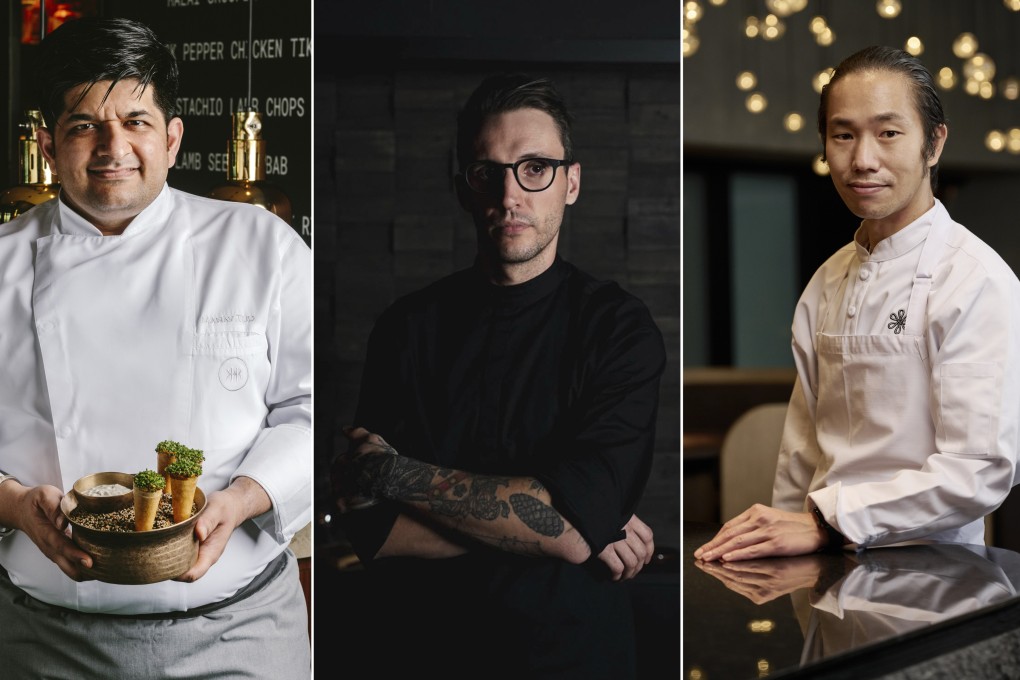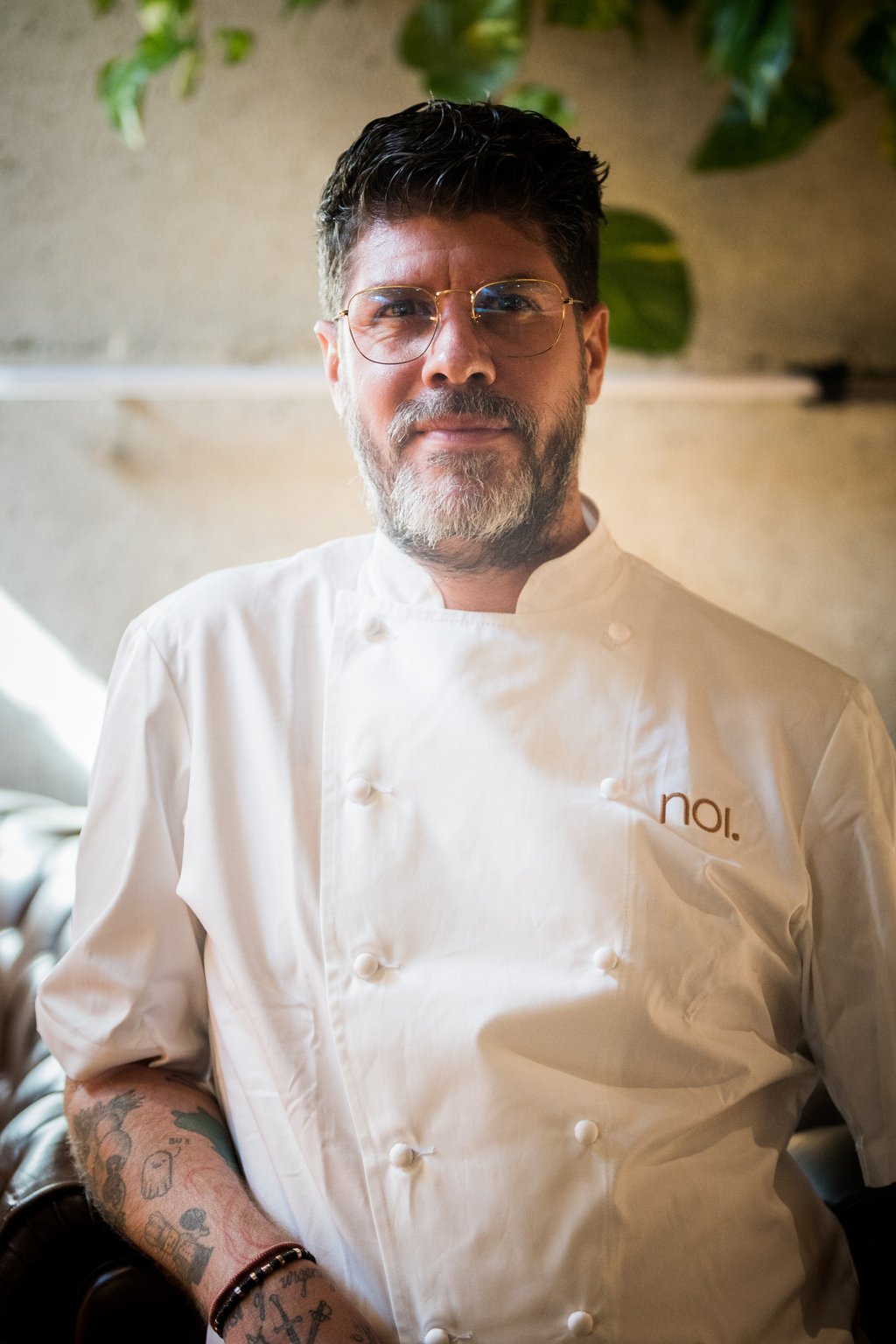Unlike Gordon Ramsay, Joël Robuchon and Jamie Oliver, these top chefs have made Hong Kong their home – but why do they love it here?
- Many international chefs attempt to make their mark on Hong Kong’s food scene but not all of them make the city their home. Meet some who made recent moves
- Manav Tuli of Chaat says moving here has been incredibly rewarding and that Hong Kong diners’ palates are more trained compared with people in London

Hong Kong has long been an attractive market for celebrity chefs.
Some of their restaurants, such as the late Joël Robuchon’s L’Atelier in Central, on Hong Kong Island, have become mainstays. Others such as Jean-Georges Vongerichten’s Spoon and Mercato burned brightly and briefly, while the likes of Gordon Ramsay and Jamie Oliver lent their names to establishments of questionable quality.
On the horizon is a venture by Anne-Sophie Pic, whose restaurants hold an astonishing 10 Michelin stars in total, and there are rumours that Mauro Colagreco of Mirazur in France, voted world’s best restaurant in 2019, may also throw his hat into the ring.

But when the anti-government protests hit in 2019, followed by Covid-19, the stream of experienced talent dried to a trickle.